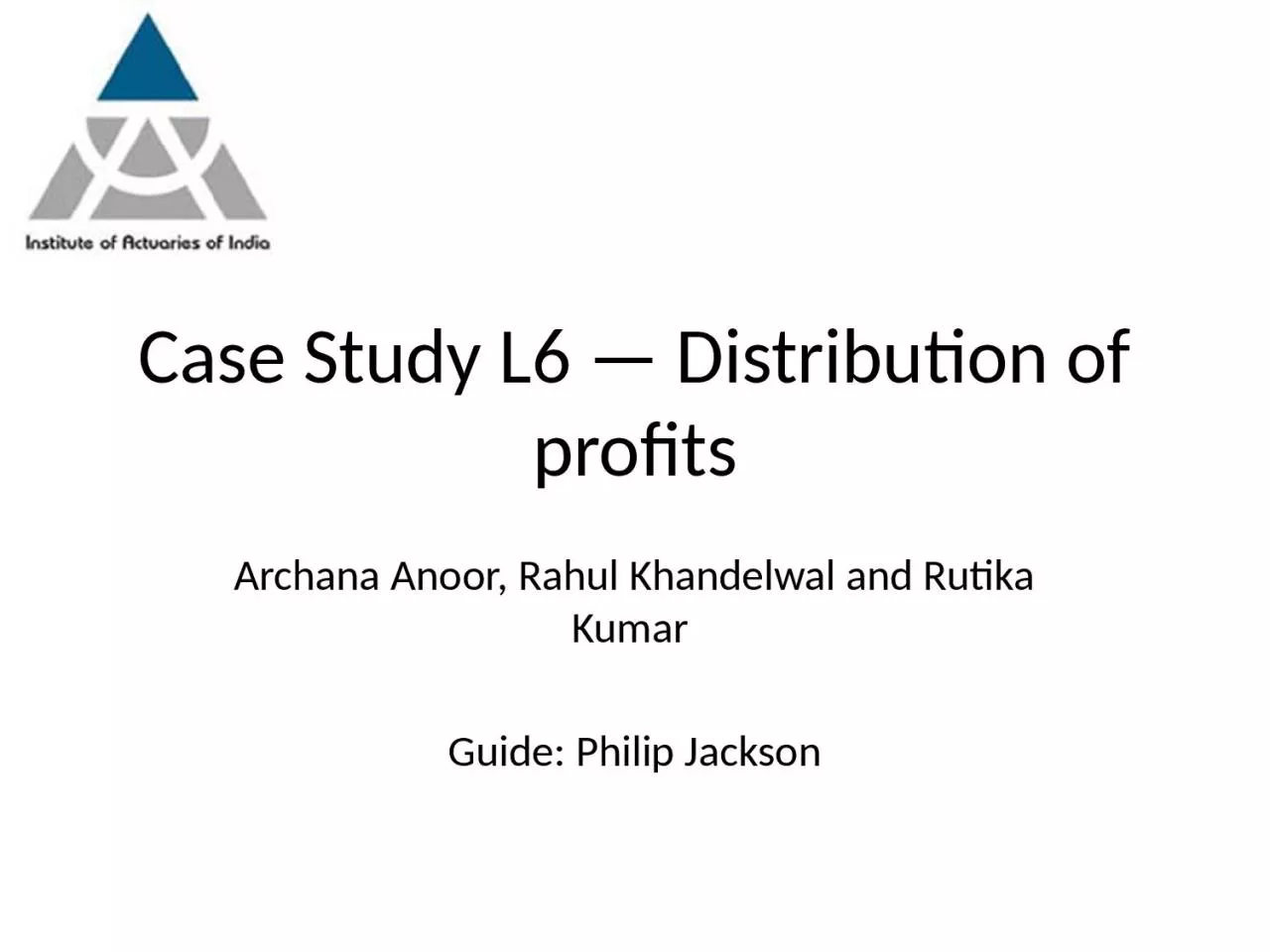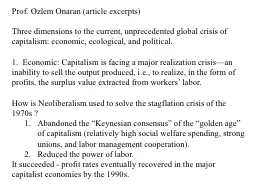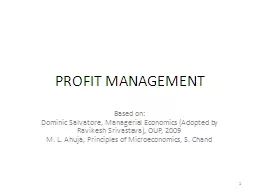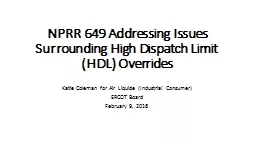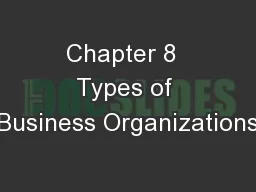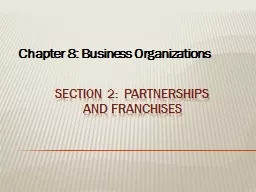PPT-Case Study L6 — Distribution of profits
Author : sadie | Published Date : 2023-06-25
Archana Anoor Rahul Khandelwal and Rutika Kumar Guide Philip Jackson Agenda Introduction Case study problem statement Context and regulatory framework Discussion
Presentation Embed Code
Download Presentation
Download Presentation The PPT/PDF document "Case Study L6 — Distribution of profit..." is the property of its rightful owner. Permission is granted to download and print the materials on this website for personal, non-commercial use only, and to display it on your personal computer provided you do not modify the materials and that you retain all copyright notices contained in the materials. By downloading content from our website, you accept the terms of this agreement.
Case Study L6 — Distribution of profits: Transcript
Download Rules Of Document
"Case Study L6 — Distribution of profits"The content belongs to its owner. You may download and print it for personal use, without modification, and keep all copyright notices. By downloading, you agree to these terms.
Related Documents

